This image is a summary of the main features of the plasmasphere: the plasmapause, main body of the plasmasphere, dusk-bulge region and detached plasma regions outside the main body of the plasmasphere
Click on image for full size
The Earth's Plasmasphere
You may have heard your teacher talk about the
4 states of matter. Do you remember what they are? Solids (like your desk), liquids (like the milk you pour in your cereal), gases (like the air you blow into a balloon) and...
plasma!
The Earth is actually surrounded by plasma! If you look at the picture to the left, the blue ring is all plasma. It's like the Earth is surrounded by an inner tube made up of plasma...or maybe you'd like to call it a plasma donut. Scientists have a big word for this inner tube or plamsa donut - the plasmasphere.
You might also be interested in:

Plasma is known as the fourth state of matter. The other three states are solid, liquid and gas.Almost everything is made up of atoms (your dog, your science book, this computer...). The atom has a nucleus
...more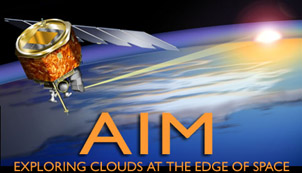
Some satellites study Earth from space. Some of them study our atmosphere and weather. Some take pictures of clouds. Others use special instruments to make measurements of temperature, humidity, or the
...more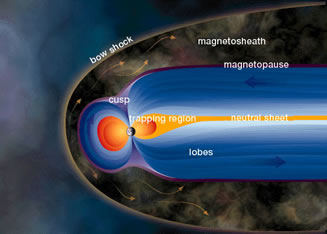
A magnetosphere has many parts, such as the bow shock, magnetosheath, magnetotail, plasmasheet, lobes, plasmasphere, radiation belts and many electric currents. Particles in the magnetosphere cause aurora
...more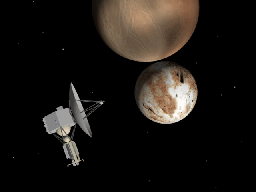
AU stands for Astronomical Units. It is an easy way to measure large distances in space. It is the distance between the Earth and the Sun, which is about 93 million miles. For really big distances, we
...more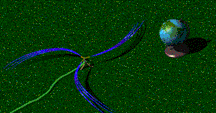
The solar wind is formed as the Sun's top layer blows off into space. It carries magnetic fields still attached to the Sun. Streams appear to flow into space as if they are spiraling out from the Sun,
...more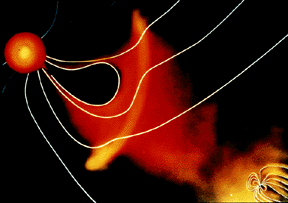
For a planet to be affected by a blob of material being ejected by the sun, the planet must be in the path of the blob, as shown in this picture. The Earth and its magnetosphere are shown in the bottom
...more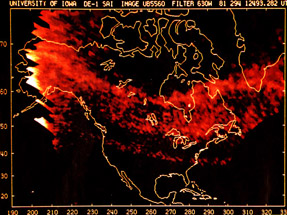
If someone says they saw an aurora, you might picture something like this. There is another type of aurora that we can't see. These aurora are called SAR arcs. The SAR stands for Stable Auroral Red. That
...more















